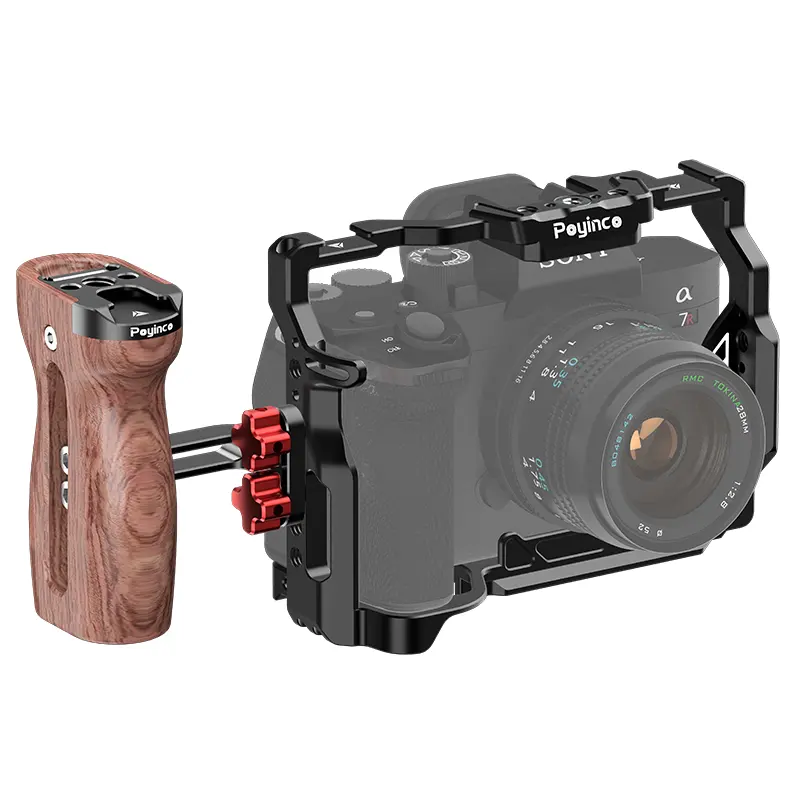

Time:2025-03-08 Views:1

Using a macro lens effectively requires some knowledge and practice to fully capture the beauty of close - up subjects.
1. Focusing
One of the key aspects of using a macro lens is proper focusing. Most macro lenses have a narrow depth of field, especially at high magnifications. This means that only a very small portion of the subject will be in sharp focus. To achieve the best focus, use the manual focus mode. This gives you more control over where the focus is placed. Start by getting close to the subject and adjusting the focus ring on the lens until the part of the subject you want to be sharp is in focus. You can also use the camera's live view mode, which often provides a magnified view, to help you focus more precisely.
2. Depth of Field Control
As mentioned, the depth of field in macro photography is very shallow. To control the depth of field, you can adjust the aperture. A smaller aperture (higher f - number) will increase the depth of field, making more of the subject and its surroundings in focus. However, this may also require a longer exposure time or a higher ISO, which can introduce more noise. A larger aperture (lower f - number) will create a shallower depth of field, blurring the background and foreground, which can be great for isolating the subject and creating a more dramatic effect. Experiment with different aperture settings to see which one works best for your desired look.
3. Lighting
Good lighting is crucial in macro photography. Since you are working with small subjects, the light source can have a significant impact on the image. Natural light is often ideal. Soft, diffused light, such as on an overcast day or using a diffuser, can reduce harsh shadows and provide even illumination. If shooting indoors, you can use artificial light sources like ring lights or softboxes. Ring lights are particularly popular in macro photography as they provide even, shadow - free lighting around the subject. When using artificial light, make sure to adjust the color temperature to match the natural light or the desired look of the image.
4. Composition
Composition in macro photography is just as important as in any other type of photography. Look for interesting angles and perspectives. Instead of just shooting the subject head - on, try shooting from different angles, such as from the side or from above. Pay attention to the background. A clean, uncluttered background can make the subject stand out. You can also use elements in the foreground to add depth and context to the image. Experiment with different compositions to create unique and engaging macro images.
Read recommendations:
motorcycle camera mount Procurement